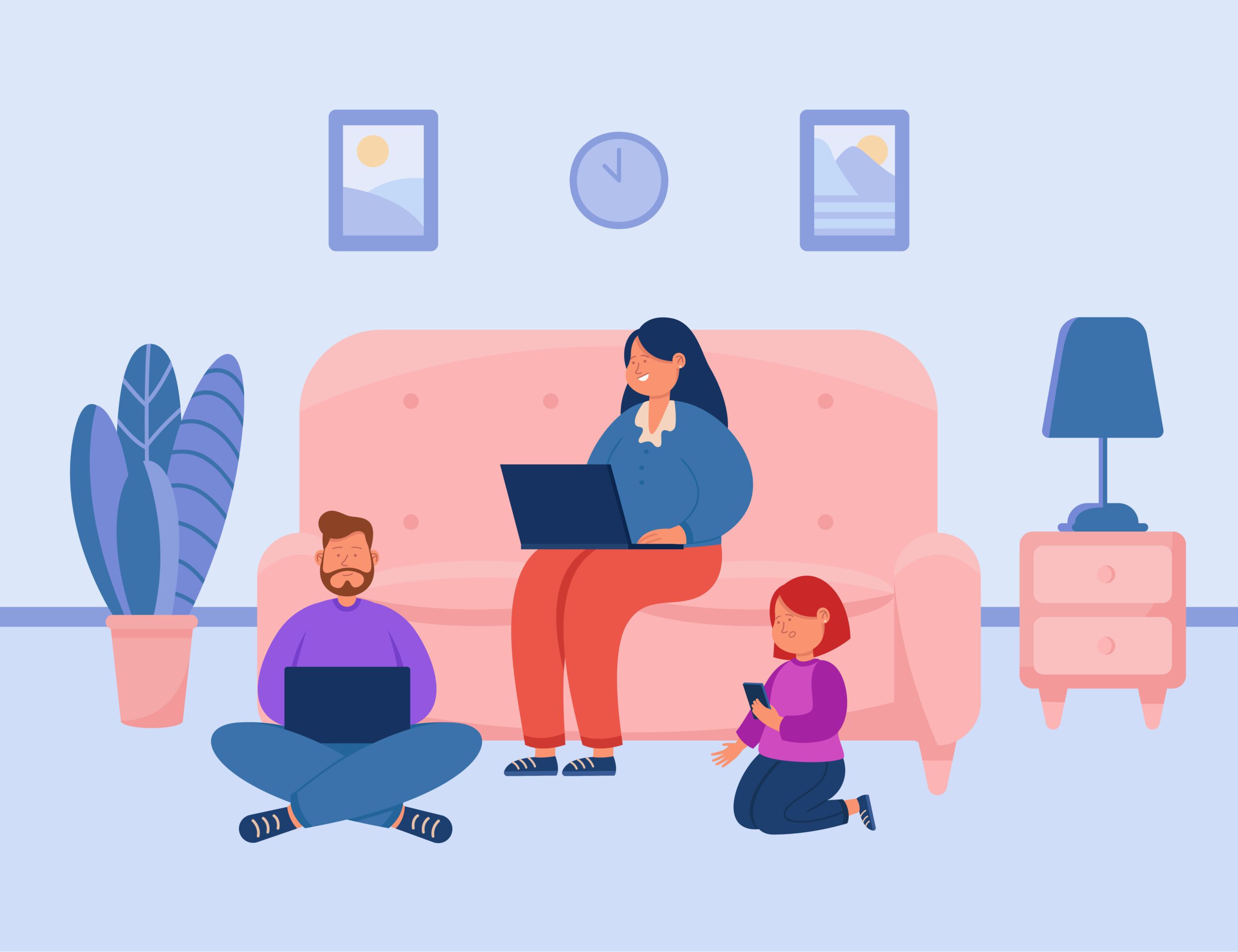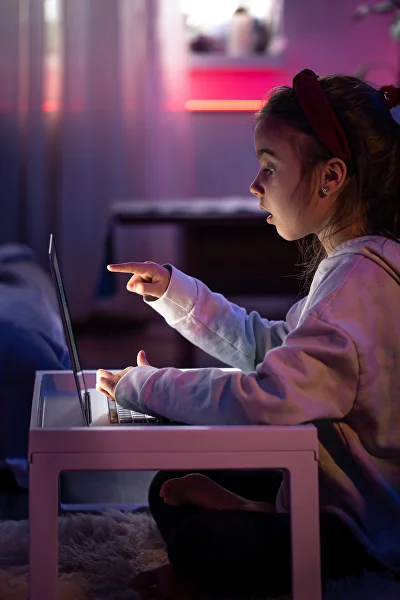Why It’s Crucial to Establish Screen-Free Zones at Home

In the ebb and flow of modern life, screens have become as ubiquitous as the air we breathe. From tiny handheld devices to enormous flat-screens mounted on living room walls, digital displays permeate every corner of our homes and, by extension, our lives.
It’s no secret that these glowing beacons of technology have revolutionized the way we live, learn, work, and play. Still, the question remains: at what cost? There’s an ever-growing body of research indicating that excessive screen time, especially among children, may be harmful, both physically and emotionally [1]. But before you panic and throw out every electronic device in your home, there’s a solution that strikes a balance—establishing screen-free zones at home.
Why, you ask? Buckle up as we venture into the fascinating world of screen-free zones and why they matter in your child’s life.
Screens: The Invisible Web
Children’s screen time has increased dramatically in recent years, with kids between the ages of 8 to 18 spending an average of 7.5 hours per day in front of screens [2]. These statistics, while astounding, are hardly surprising given the proliferation of digital gadgets and the allure of platforms like YouTube.
Even more concerning is the fact that the content children consume on platforms such as YouTube is often passive and lacks educational value [3]. Enter screen-free zones, the superhero parents need in the battle against excessive screen time.
The Magic of Screen-Free Zones
Creating areas in your home that are devoid of screens promotes healthier habits for your children. These zones encourage face-to-face interaction, sparking deeper connections and enriching conversations. They foster creativity and critical thinking as children engage in imaginative play or dive into a good book.
Screen-free zones also help your children appreciate the beauty of the world beyond the digital realm. The process of observing, touching, smelling, and exploring their surroundings—something no screen can replicate—can be deeply rewarding.
Strike the Balance with Pastory
Creating screen-free zones doesn’t mean completely isolating your child from technology. After all, digital literacy is an essential skill in today’s world. It’s about finding a balance, and this is where tools like the Pastory app come into play.
Pastory is an innovative AI-powered app designed for parents to foster healthier digital habits in their children. It allows parents to modify their child’s YouTube feed, replacing mindless content with educational material tailored to the child’s personal qualities and the programs selected by the parents.
The result? A healthier, more enriching digital experience. Children can learn and explore new concepts in a controlled, constructive environment.
But Pastory doesn’t stop there. It also offers collaborative offline activities to help reinforce the material learned during the day. It’s a solution that bridges the gap between digital learning and physical interaction, helping parents navigate the complex terrain of modern parenting.
Try Now
The Bottom Line
Establishing screen-free zones at home is more than a trend. It’s a powerful tool to help your children lead balanced lives in the digital age. Combining these zones with innovative solutions like Pastory, you can create a healthier, more engaging learning environment for your little ones.
Now, who’s ready to switch off those screens and dive into a world of imagination?
Links
- American Academy of Pediatrics – https://www.aap.org/
- Kaiser Family Foundation – https://www.kff.org/
- Journal of the American Medical Association Pediatrics – https://jamanetwork.com/journals/jamapediatrics
